More than any industry, the live music business has seen revenue literally vanish during the shutdown. Some states, like Utah, have begun to reopen, but restrictions are still in place and uncertainty about public gatherings remains strong in the music-loving public.
…uncertainty about public gatherings remains strong in the music-loving public.
One thing is clear: Live music must emerge from this nightmare in order for us to have a healthy community.
In this piece, the Bard examines what some local and national industry people are doing to find the sweet spot for the future of live music.
Early Reactions
The first and most obvious reaction we saw was an explosion of live streaming events. Initially, it seemed that every musician on the planet felt the need to push live stream shows. Many of the locally produced events suffered from poor audio quality and lackluster interest. Aside from netting modest donations and keeping in touch with a few fans, it became clear that live streaming couldn’t come close to replacing live performance.
Many of the locally produced events suffered from poor audio quality and lackluster interest.
Regardless of the dim outlook at the local level, some industry heavyweights have been predicting that live streaming is the future. Events like the live philharmonic, put on by Washington, D,C, based Washington Performing Arts, have found philanthropy to work out fairly well. Still, the revenue brought in at these larger streaming events does not come close to revenue from live events. Fortunately, larger non-profit arts organizations are great at fundraising and can likely subsidize the events to help pay musicians a decent wage.
Live streaming may work for established artists with a large fan base, but for local musicians trying to grow a fan base, live streaming just won’t cut it. It won’t pay the bills and, won’t replace the human need that public gatherings provides, and won’t replace the excitement that the live experience brings to fans and performers.
If emerging artists cannot grow, other industry disciplines like promoters, venue operators, recording studios, merchandisers will begin to disappear.
Drive-in Shows
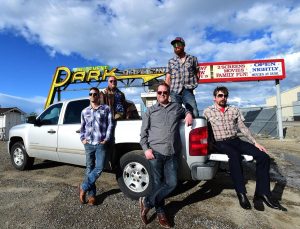
Montana band Calvin and the Coal Cars. Photo: Larry Mayer/Billings Gazette
In Laurel, Mont., the alt-country band Calvin and the Coal Cars stumbled on a solution that merges with one of America’s favorite past times: the drive-in movie theater. The band convinced a local drive-in to allow them to put on a show. It was a win-win for both parties.
If they operate like the Spud Drive-In in Driggs, Idaho, attendees stay in their cars and order food and drink online or by phone, which is then delivered to each car.
Personally, I love the drive-in theater model and I hope we start seeing some shows happen in here in Utah, where we have drive-in movie theaters in Riverdale, West Valley City, Tooele and Mt Pleasant. The venue operator can charge more than they do for movies, which should leave a very comfortable margin to pay the musicians.
Sitting outside on a lawn chair with your own fan pod friends, next to your ice chest-equipped vehicle, sounds like a great way to see a concert.
Food for the Soul
Once restaurants were given the green light to open, one type of venue was able to give us a taste of the good ol’ days. Places like the Ice Haus in Murray (see upcoming shows), Utah, and B.B. King’s Blues Club in Memphis, Tennessee are basically supper clubs with full-service restaurants and a stage. Table numbers are reduced for social distancing—which limits ticket sales—but the revenue from food and beverages helps offset the reduced ticket sales for live events. In most cases we’ve seen, this keeps entry fees reasonable.
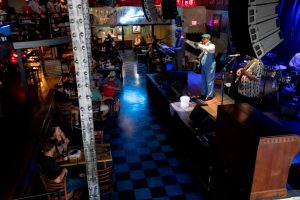
The P.S. Band at B.B. King’s Blues Club
There are some minor inconveniences that reduce the experience. At the Ice Haus, masks are still required and, at B.B. King’s Blues Club, patrons’ temperatures are taken at the door.
Fan Pods
The Trifecta Summer Concert Series are an interesting solution hosted at Pierpont Place, a Salt Lake event center. The series—promoted by Eagle Environmental—offers “VIP Lounges,” which are basically tables that seat small groups. Arkansas-based concert venue management company TempleLive coined the term “Fan Pods,” to describe these groups of seats, separated by a significant distance. To attend the Trifecta, you need to buy an entire lounge—or pod—which is often six seats or more. Tickets can run you $60 per person and up to see a local band.
Cruise Control
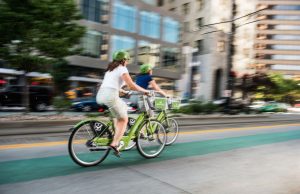
Concert Cruise tickets include a $1 Green Bike rental to help concert goers get from venue to venue.
One of the more unique solutions comes from Utah-based promoter S&S Presents, which came up with the idea of the Concert Cruise. We reviewed the Bowie Concert Cruise recently. Basically, five groups of 20 guests ride bicycles between five secret outdoor locations to see five bands perform 20 minute sets.
These locations are actually parking lots, tucked away in obscure and hidden locations, so social distancing is easy with that much space. Concert goers are not supposed to approach the band which is fine—you can get rowdy and shout out your appreciation. The sound is left to each band, so you get a mix of audio quality depending on the equipment and skill of the band’s sound guy (usually the band itself).
Let’s get Quirky, Aye?
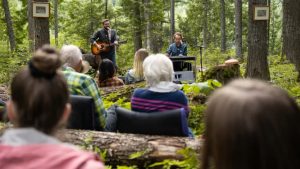
An outdoor setting at a recent Guerrilla Gig show in Revelstoke, B.C.
In Revelstoke, B.C., a series called Guerrilla Gigs was created by the Revelstoke Arts Council that is somewhat similar to the Concert Cruise format. Small groups perform in quirky, off the beaten path and secret locations.
Social distancing is maintained and each show is limited to 25 people. The secret location is revealed to ticket holders the morning of the show. The shows are subsidized by the arts council, so ticket prices are only $10 (CAN) which is totally affordable.
Where from Here?
Promoters, venues and artists are constantly thinking about the future of live music. It does seem that more can, and should be done to help the local music scene here in Utah and elsewhere.
Arts councils, for example, are likely to have cash sitting on the sidelines. These organizations could subsidize small shows and help jumpstart the local music scene. This would especially be welcome, since local music has traditionally been the red-headed step child of the art scene in Utah. Dance, theater, public art and art education all get more funding than local music. That needs to change.
Concert halls are at the highest risk of going under. This type of venue typically has no food services and minimal seating (i.e., tables and chairs). One solution might be to look at the event center model. For example, the operator could rent or buy tables and chairs, provide socially distanced seating, hire servers and charge a bit more for tickets.
Additional relief for venue operators could come in the form of tax incentives. Local and federal government could create a tax class that temporarily exempts and venue property operators and owners from taxes.
From what I’ve seen, it seems people are willing to pay a reasonable increase in ticket price to get out and see a show. With a bit of innovation—and possibly help from governments and arts councils—live music has a good shot at coming back stronger than ever.
Ultimately, it’s going to take participation from all of us to discover just what the new normal looks like for the future of live music.
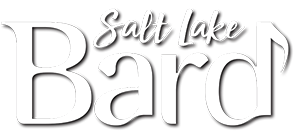
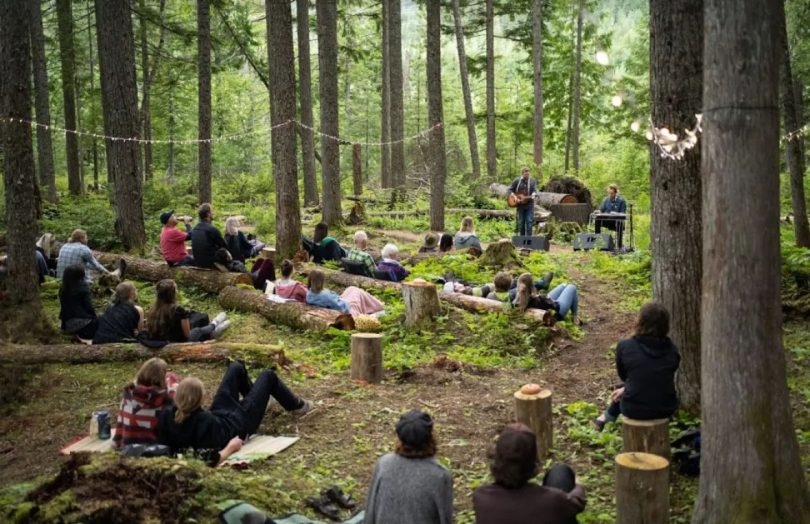
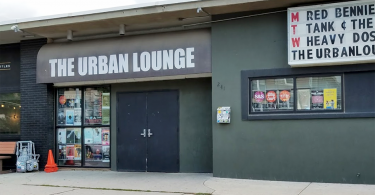
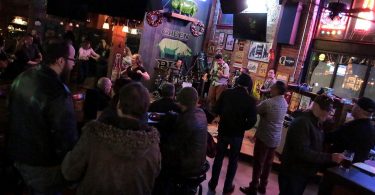
Leave a Comment
You must be logged in to post a comment.